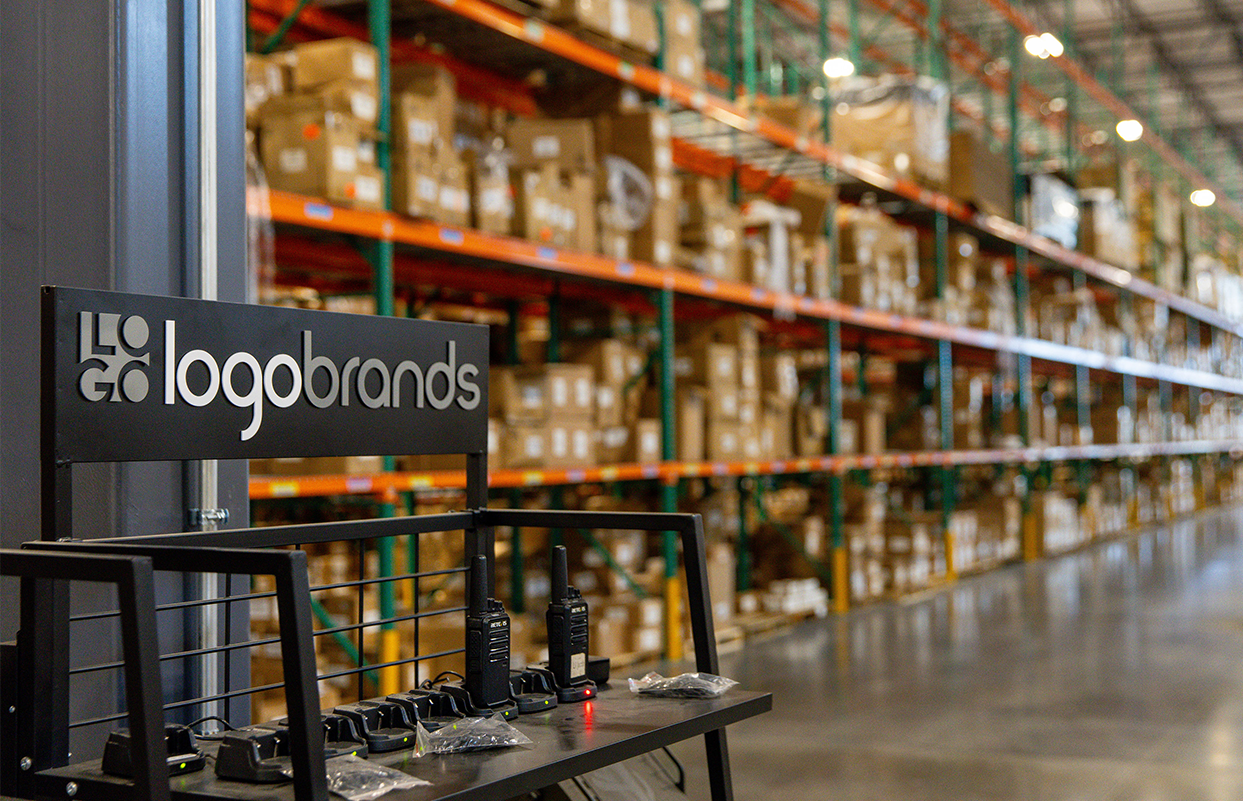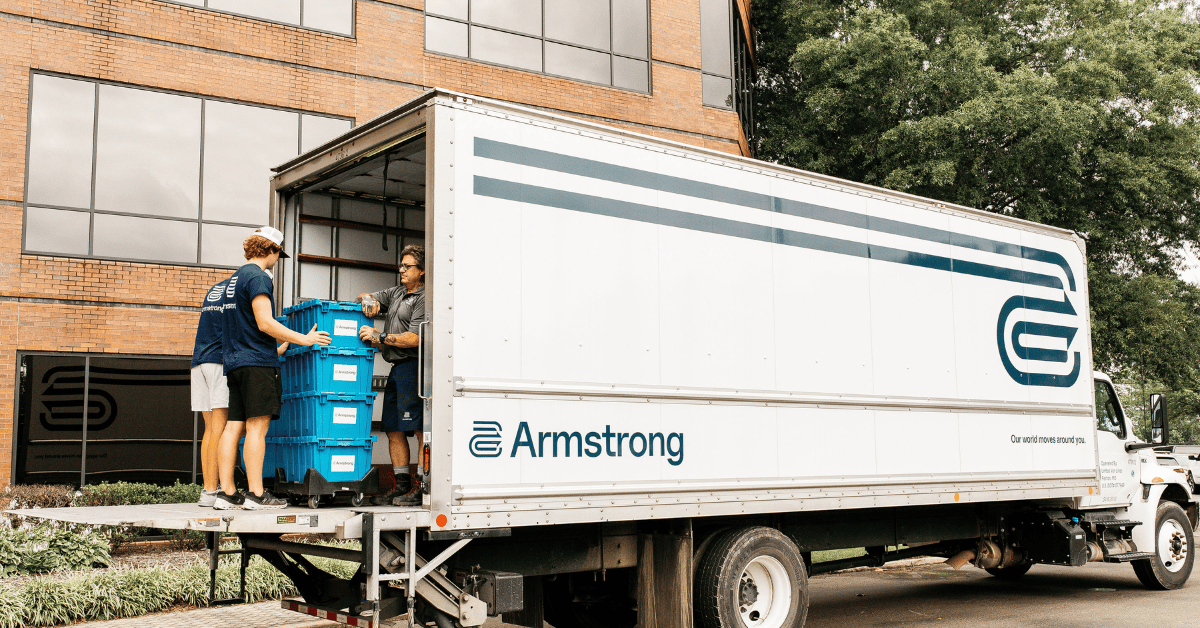The Global Price Tag: What Goes Into the Cost of an International Move?

Moving to a new country is an exciting chapter, but the budget can be the source of your biggest headache. The cost to move internationally isn’t a single, fixed number; it’s a dynamic figure that may vary depending on a complex mix of logistics, distance and the volume of your belongings.
Understanding significant cost factors and core elements that determine the final price of your international relocation will help you budget effectively and avoid unexpected expenses.
The Big Three: Volume, Weight and Distance
The foundation of your international moving cost rests on three primary factors: the size and weight of what you’re shipping, the transportation costs involved, and how far it needs to travel.
Understanding Volume Over Weight
Unlike a local move, international shipping follows different rules. Most household possessions are considered light cargo—bulky and voluminous, but not especially heavy.
Ocean Freight
- Movers load your belongings into large steel containers.
- These containers can carry cumbersome industrial goods, so household shipments typically reach the volume limit before exceeding the weight limit. For example, a 40-foot container can hold roughly 2,300 cubic feet with a maximum capacity of 60,000 pounds. Yet, household goods shipments usually weigh only 13,000–15,000 pounds when fully loaded, showing that volume—not weight—is the actual cost driver for ocean freight.
- Bottom line: The more cubic feet your items occupy, the higher your payment will be.
Air Freight
- Airlines enforce a minimum density factor of about 10.41–12.43 pounds per cubic foot. Since household goods typically average only 5–8 pounds per cubic foot, airlines bill based on a higher ‘chargeable weight,’ which is calculated from volumetric weight rather than the shipment’s actual scale weight.
- Light but bulky items (like couches) cost more than small but heavy items (like boxes of books).
- This pricing system makes air freight significantly more expensive for large, lightweight shipments.
To get the most accurate cost estimate, you need a precise inventory. Schedule a consultation with a moving expert—either an in-home or virtual walk-through—to accurately measure your goods and determine the required shipping space.
The Impact of Shipping Lane and Distance
Longer distances naturally cost more, but competitive pressures on major global trade routes generally keep rates balanced. However, there are significant exceptions where shipping rates become disproportionately higher, affecting the average international moving costs, often due to unique regulatory or logistical challenges.
On most routes, ocean freight averages about 12% of the total door-to-door moving cost. However, on specific lanes, such as Hawaii, Alaska, Puerto Rico, Guam and parts of the Caribbean, the share can rise to 22–28%. Limited carriers, US regulations like the Jones Act and one-way freight demand drive these higher costs.
Here are a few popular shipping lanes where the ocean freight cost is a much larger percentage of the total door-to-door move:
- From the US Mainland to the Hawaiian Islands and Alaska: Federal laws (like the Jones Act) require that only US-flag vessels can operate on these domestic sea routes. This reduced competition means higher, “artificially inflated” pricing.
- To US Territories and Remote Caribbean Islands (e.g., Puerto Rico, Guam, Lesser Antilles): These routes are often revenue-positive in only one direction. Island nations must import nearly everything needed for survival, but they export very little. The shipping lines must charge enough for the one-way trip to cover the cost of the entire round-trip voyage, resulting in higher inbound freight rates.
Container Options: Dedicated vs. Shared Space
For every international move, most moving companies load your items into a secure container or crate. The size of your shipment determines the most cost-effective solution.
Full Container Load (FCL)
FCL is your dedicated shipping container, typically 20 feet or 40 feet. It is the ideal option for larger moves, such as those from a three-bedroom home or larger, as it provides exclusive use of the space.
This system is generally the fastest sea freight option, as your container moves directly to the destination without waiting for other shipments.
Less-than-Container Load (LCL)
Choose LCL when you don’t have enough items to fill a full container. Movers professionally pack your goods into durable wooden or heavy-duty cardboard crates (often called lift vans). They then consolidate your crates with other shipments inside a larger container.
LCL offers a cost-effective option for smaller moves. However, expect longer transit times since the container must be fully loaded with multiple shipments before it departs.
Choosing between a dedicated container and a shared space has a significant impact on the total cost and transit time of your move.
The Value of Professional Packing Services
While it might seem cost-effective to pack your own clothing and books, international moves require a higher level of preparation. The most significant portion of your service cost often comes from origin services—the professional preparation, packing and loading of your shipment.
Choosing a professional moving company ensures your belongings are packed safely, documented accurately and compliant with international regulations.
The Export Packing Difference
International shipping is far rougher on your belongings than a local move. Your possessions were never designed to withstand a long ocean voyage, multiple transfers and significant vibrations.
- Protection for Goods: Professional packing is crucial for safe transport. Expert professional movers use specialized, high-quality materials—custom crates for artwork, triple-layer wrapping for crystal and thick paper pads for furniture—to secure and protect everything.
- Compliance and Safety: Federal Maritime Commission (FMC) regulations require movers to attest to the contents of every international shipment. Each ocean bill of lading must declare the goods as used household goods and personal effects, supported by inventories verified by customs authorities.
- For this reason, self-packing or sealing your own cartons is not allowed for international shipments. Movers cannot insure or verify the contents of boxes they have not packed or inspected.
- Customers may, however, prepare for packing by organizing items in open cartons or separating belongings to be inspected and secured by movers during the official packing process. This ensures compliance, avoids customs issues and maintains full insurance protection.
- Safety Accountability: As the forwarding agent of record, Armstrong is legally responsible for all contents within your shipment. If prohibited, dangerous, or flammable materials were unknowingly packed, the company would be held accountable under FMC regulations. Professional packing eliminates this risk by ensuring all items meet international shipping standards.
- Storage and Security: For FCL (Full Container Load) shipments, professional loading teams maximize container space and build a secure internal wall, known as a bulkhead, to prevent shifting or damage during transit by land or sea.
Air Freight vs. Sea Freight: The Time-Cost Trade-Off
Volume and weight set the price of a shipment, but your choice of transport directly affects its speed and overall cost.
- Sea Freight: The most economical option for large volumes, though delivery can take several weeks. Many families and businesses rely on ocean freight services when shipping entire households or offices overseas.
- Air Freight: Much faster—delivery in days instead of weeks—but significantly more expensive. Best for urgent or essential shipments such as documents or children’s necessities.
- Split Shipments: For flexibility, some movers send essentials by air while shipping the rest by sea.
Choosing the right shipping method depends on your budget, timeline and the speed of delivery you require.
Navigating Other Hidden & Related Costs
Beyond the core logistics of packing and shipping, additional expenses often add up quickly and rarely appear in a basic quote for international relocation costs.
Customs Duties, Fees and Inspections
In most countries, household goods and personal effects are not considered “commerce” and can be imported tax and duty-free. However, customs regulations, including potential visa fees, are never simple.
- Fees and Taxes: Some countries still levy taxes or duties on personal goods based on declared value. You must research the rules of your destination country well in advance.
- The Inspection Wildcard: Every country’s customs authority has the right to examine, inspect, or alter the routing of any inbound shipment. These actions lead to unforeseeable charges, such as handling or inspection fees, that are solely at the authorities’ discretion. While rare, these charges are always for the benefit of the goods’ owner and it’s wise to set aside a financial contingency to cover this potential risk.
Insurance: Protecting Your Investment
A standard moving quote typically excludes comprehensive insurance coverage, which movers offer as a separate charge based on a percentage of the replacement value of your goods at the destination.
- The True Replacement Value: You must declare a value based on what it would cost to purchase a new replacement for your item in the destination country, not the original purchase price.
- The Co-Insurance Trap: A common mistake when moving overseas is underinsuring your shipment. If you declare less than the actual replacement value, any claim you file will be proportionally reduced. Avoiding co-insurance ensures you’re fully compensated for loss or damage.
Related Personal Expenses
The moving company quote covers your possessions, but your relocation budget must account for personal, non-shipping expenses:
- Pet Transport: Fees for veterinary visits, health certificates, vaccinations and potential quarantine requirements depend entirely on your destination country and the size/breed of your pet.
- Vehicle Shipping: Personal car shipping involves import duties, special documentation, port fees and separate insurance.
- Storage Costs: If visa delays or housing issues disrupt your timeline, you may need temporary storage before departure or upon arrival, which can result in increased monthly or daily fees.
When planning an international move, it’s best to expect to pay more than the base quote for these hidden factors.
Finding Your International Moving Partner
The financial and logistical complexity of moving abroad with your belongings overseas requires the expertise of a certified international moving company. Long-distance movers within the US don’t provide the same level of specialization or support needed for global relocations.
At Armstrong, we simplify this process. Our services give you clarity and control over your budget by offering:
- Detailed Pre-Move Planning: Expert consultation and inventory assessments to ensure accurate space and average costs for your shipment.
- Customs Assistance: Guidance on all necessary documentation to prevent delays and fines for non-compliance.
- End-to-End Coordination: From professional export packing to customs clearance and final delivery, we manage the entire process to make moving abroad as seamless as possible.
Understanding these core cost drivers, including international shipping costs, empowers you to make informed decisions. Contact Armstrong today for a customized estimate of your international moving costs.


